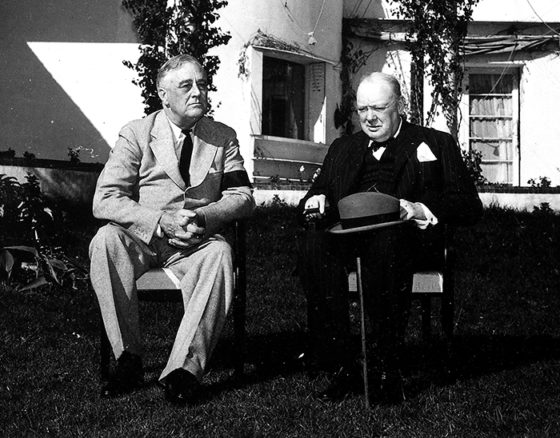
“Many of those same people who had been unjustly imprisoned were suddenly conscripted and forced to fight for a country that had only recently viewed them as the enemy.”
By George Yagi Jr.
WITH THE OUTBREAK of war on the Korean peninsula in 1950, the U.S. Army found itself in desperate need of interpreters.
Korea had only five years earlier been liberated, but after decades of Japanese rule, most locals spoke the language of the occupying forces fluently in addition to their native tongue.
Consequently, the army hoped that Japanese-American troops could serve as interpreters and interrogators, particularly at the front where prisoners were being processed. As many as 5,000 served in the conflict, providing the necessary language skills the military needed.
Born to immigrants from Japan, many of these Nisei, or second-generation Japanese Americans, were still putting their lives back together after years of wartime internment. Now, half a decade after World War Two, many of those same people who had been unjustly imprisoned in U.S. concentration camps were suddenly conscripted and forced to fight for a country that had only recently viewed them as the enemy.

Among these recruits was a young farmer from Courtland, California, named George Yagi. Only 21 at the time of his induction in 1951, he had spent much of World War Two behind barbed wire with his family at Amache, Colorado. Before Pearl Harbor, his father Keijiro was a prosperous farmer on the Sacramento Delta. Thieves and vandals ruined the family farm after the “day of infamy.” Following his graduation from high school in 1949, George tried to help his father rebuild the family business. His plans were soon interrupted when he was called up to serve in Korea. After receiving deferrment for a year, George reported for basic training at Fort Ord in nearby Monterey, California, and sailed for Inchon as a member of the 32nd Infantry Regiment, 7th Division. By July, he found himself in the trenches on the front lines.

A frightening place, George recalled one time that soldiers in his neighboring bunker were discovered dead – all had been bayoneted in their sleeping bags. A dozing sentry allowed the enemy to infiltrate the perimeter and carry out the murderous attack.
After only a few weeks at the front, George had fought in two major battles. He witnessed first-hand the human wave assaults that the Chinese famously employed.
One day, while he waited in the trenches for the next enemy attack, news arrived that military intelligence needed interpreters who could speak Japanese — he applied for a position immediately.

Following his successful completion of training under the guidance of the CIA, George was promoted to acting sergeant and put to work as an interrogator. Employed in his new role, he questioned countless enemy prisoners, securing vital information for use on the battlefield. His marathon sessions with POWs often lasted all night long.
Although situated behind the front lines, the work was not without danger. Unknown to his interrogation team at the time, the unit had been infiltrated by a North Korean officer who went by the name of Lee. Assigned to George as a personal interpreter, Lee claimed to be a refugee from the north and worked himself up starting as a busboy for the army. Lee’s true identity was discovered only after he warned George that their interrogation unit was in danger of being attacked by communist infiltrators. The North Korean agent became one more prisoner of war.

On another occasion, George faced death after volunteering to help evacuate American wounded from a nearby battlefield. Having left his rifle behind, George and an injured GI were rushed by a group of enemy soldiers. Armed with only an old boy scout knife and his knowledge of judo, George stubbornly fought off the attackers. A violent struggle ensued and the Chinese soon numbered among the dead. Unharmed, George resumed carrying the wounded soldier to safety.
For his service that day he was awarded the Bronze Star.
After leaving Korea in 1952, George returned to his family’s farm with little pomp or ceremony. He would retire from farming in 1997, on the same land his father started in 1908, the Sargent Canal Ranch, located nearby the town of Thornton, California.
George spoke little about his experiences in the Korean War, yet he always proudly displayed the American flag. For him, the Stars and Stripes symbolized two things: During the Second World War, he was imprisoned beneath it; on the battlefields of Korea he fought to defend it. How precious is freedom and to what great lengths must one go to protect it.
Dr. George Yagi Jr. is an award-winning author and historian at California’s University of the Pacific. His father, George, to whom this article is dedicated, passed away on August 14, 2017. Follow him on Twitter @gyagi_jr









